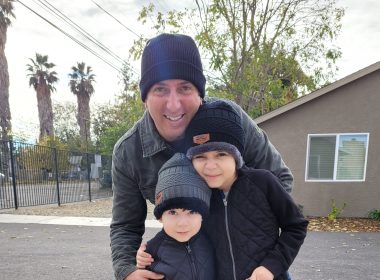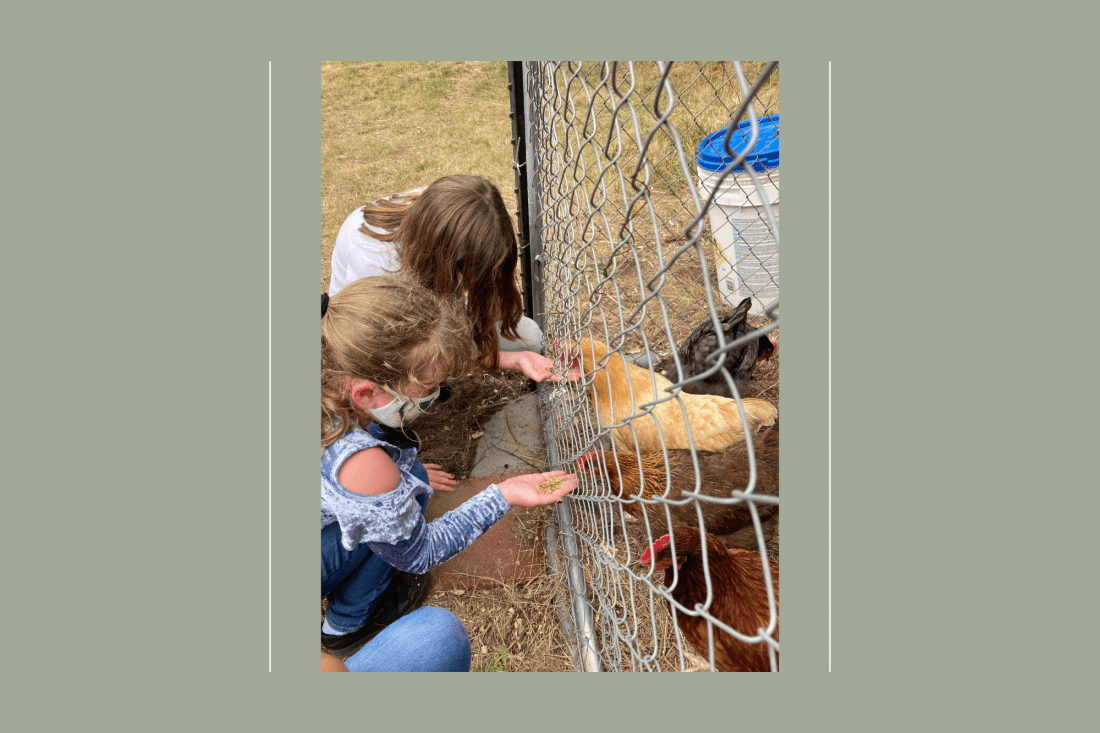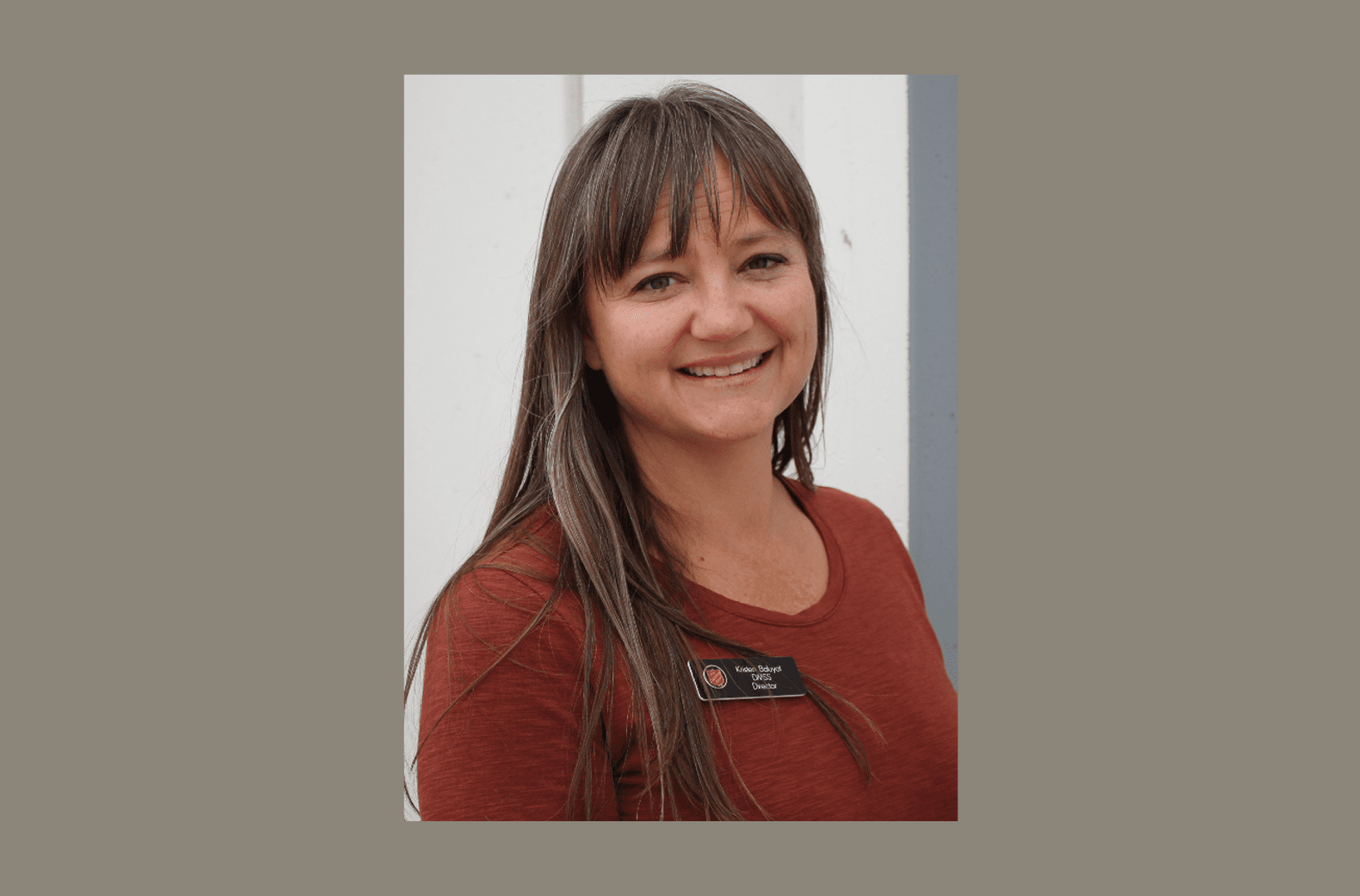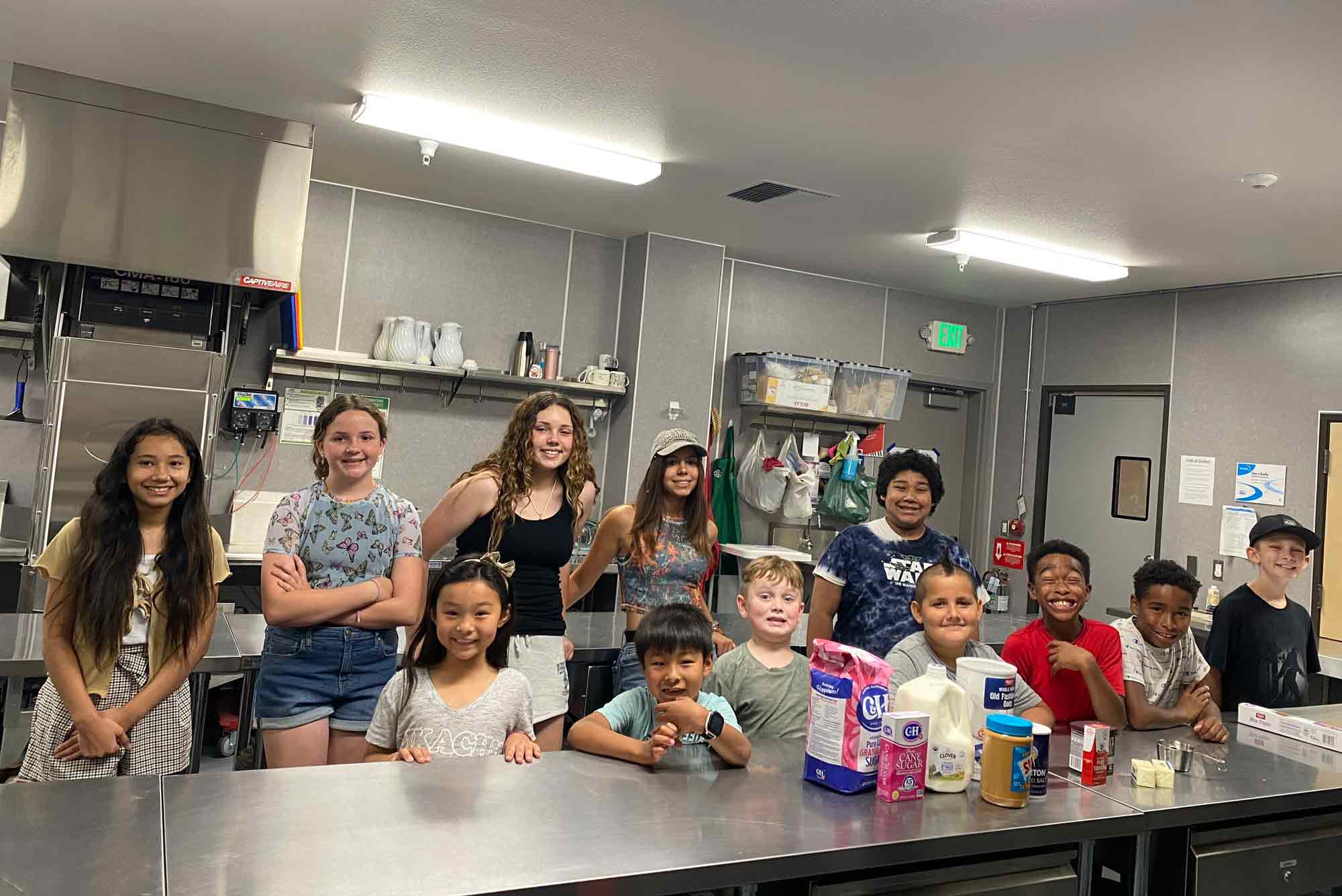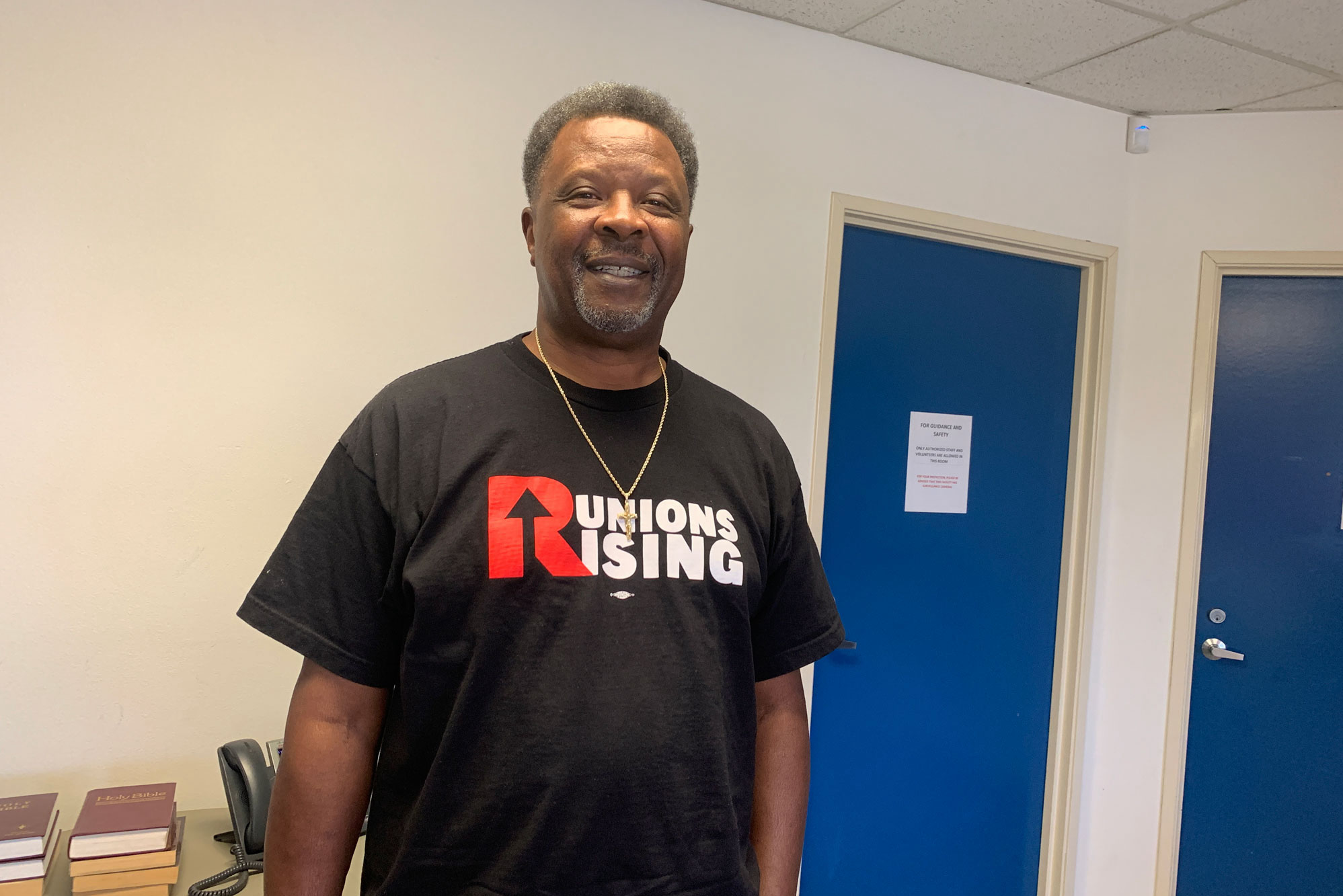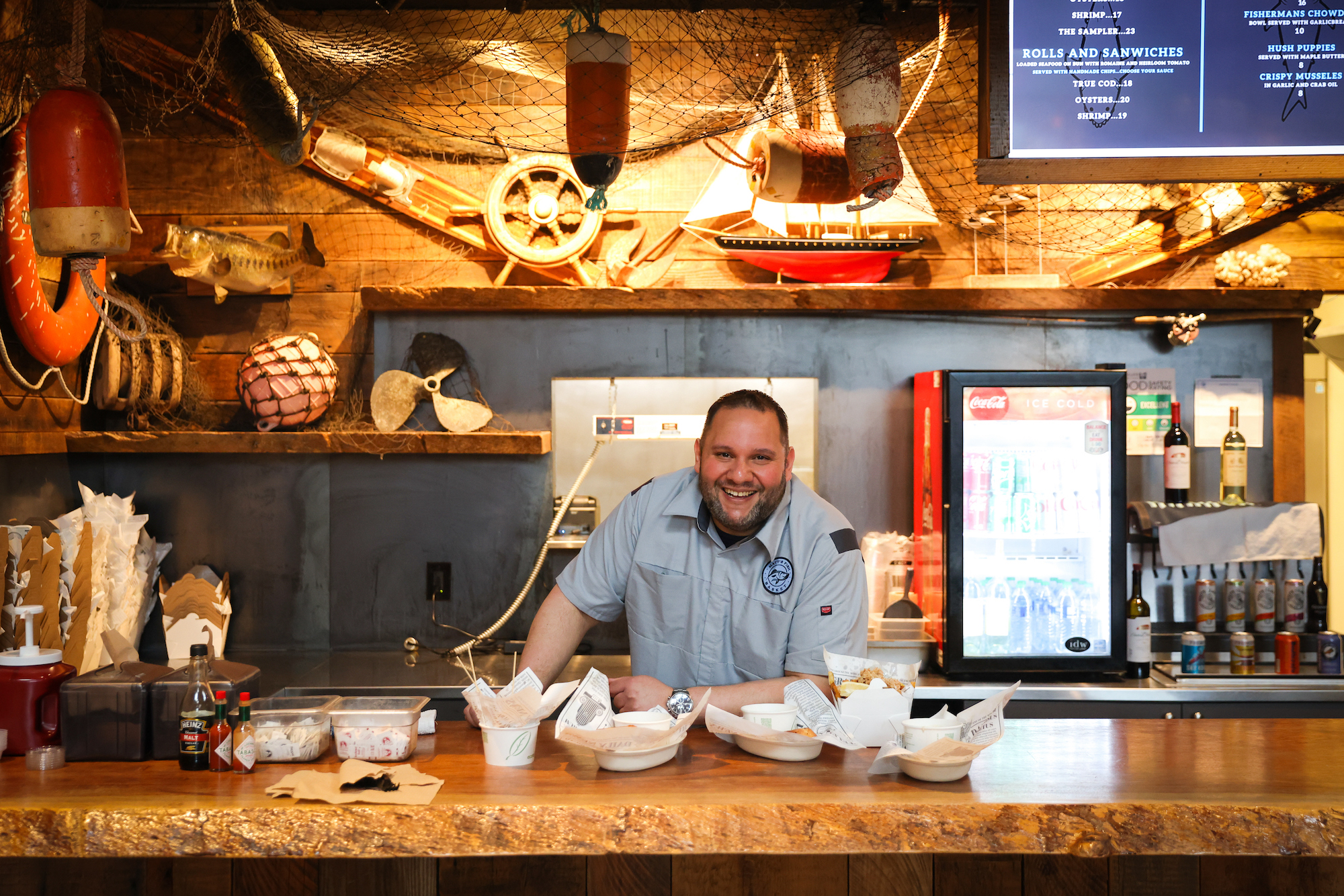The corps’ new “chicken ministry” engages children attending the after-school program.
Initially, Envoy Dennis Stumpf planned to house the six chickens now living at The Salvation Army Coos Bay (Oregon) Corps at his home. A man who likes his breakfast, he’d been thinking for several weeks about raising his own chickens to ensure a steady supply of eggs for his morning meal. He made the commitment, and after purchasing the birds, equipment and feed, was heading home when road work forced him to take a long detour.
“It was in that quiet time that I realized that raising the chickens at the corps could provide a tremendous source of ministry opportunities,” said Stumpf, who is In-Charge of the Coos Bay Corps.
That’s when the idea was hatched. The chickens would instead go to the corps, where they would not only aid its community garden efforts, but engage both corps members and program participants and get people thinking about the wonders of God’s creation.
Coos Bay is situated on Oregon’s southern coast where the Coos River enters the Pacific Ocean. Known for nature and outdoor activities, it’s the largest city on Oregon’s coast, with a population around 16,400. The Salvation Army Coos Bay Corps serves the city and the surrounding area.
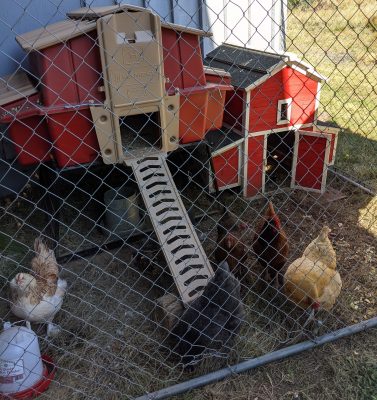
The city allows residents to raise a variety of small farm animals including chickens, turkeys, rabbits and miniature pigs, within its limits.
When the chickens arrived at their new home, corps members united to build an enclosure—an enclosed coop comprising two hen houses—and to care for them. Every morning a corps staff member gives the birds access to the community garden where they can eat, scratch and fertilize at will. They also receive leftover fruits and vegetables from the corps’ food shelf.
“The chickens provide a tremendous boost to our organic garden,” said Ma’afu Veikune, Coos Bay Corps After-School Program Assistant and creator of the corps’ community garden. “They eat the bugs, fertilize the garden, and till the soil in the process.”
The chickens quickly settled in.
“Free-range eggs are the result, and they are tasty,” Stumpf said, noting that currently, the hens are laying one or two eggs per day, which go to staff and volunteers. Since these eggs have not been USDA-graded, they are not eligible to be given to the public through the corps’ food shelf, which is one of two Salvation Army food pantries on the Oregon coast.
“Raising the chickens at the corps has expanded the awareness of everyone,” Stumpf said. “The children are the greatest benefactors because they experience hands-on chicken wrangling, feeding and cleanup—the overall responsibility of caring for animals,” he said. “Building the cage gave corps soldiers the opportunity to work together to help contribute to a ministry that produced immediate results.”
The kids attending the corps’ after-school program were instantly taken with the chickens. Stumpf said catching grasshoppers to feed the chickens and rounding the birds up at the end of the day are two of their favorite activities.
“My daughter has assumed the title of ‘chicken whisperer’ and has become very attached to the birds,” Shannda H. said about 11-year-old Samantha. Some of the younger girls—Leann, Jada and Marilyn—said they like the chickens because “they are cute.”
“The chickens bring us a lot of joy and they are fun to watch,” Coos Bay Corps Social Services Manager Misti Veikune said.
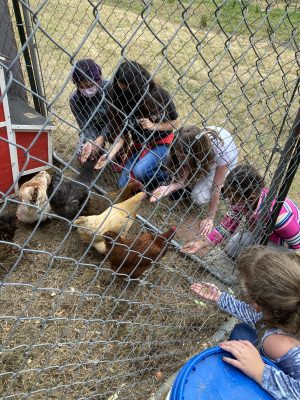
The chickens are more than just a fun afternoon chore, though.
“The children are also gaining a greater understanding of how everything works together for the glory of God’s creation,” Stumpf said. The project has become a vehicle for sharing Bible stories. One day, he asked the kids: “Do you think there were two chickens on Noah’s Ark?”
Samantha responded, asking “What is Noah’s Ark?” Stumpf said a conversation ensued about God, the flood and Noah’s Ark. The book of Genesis yields the potential for discussion, too, looking at how humans—created in God’s image—are called to care for the earth and its creatures, including the chickens.
While Stumpf is getting his breakfast food and the chickens are living their best life, the project also provides an opportunity for outreach.
“Telling people about the Coos Bay Corps’ ‘chicken ministry’ often brings a snicker or two,” Stumpf said. “But it is a good lead-in to describe other corps ministries, including the community garden, the food shelf and the after-school program—and how the chickens fit in.”
Do Good:
- You’ve probably seen the red kettles and thrift stores, and while we’re rightfully well known for both…The Salvation Army is so much more than red kettles and thrift stores. So who are we? What do we do? Where? Right this way for Salvation Army 101.
- Want more content from Caring Magazine? Follow us on Instagram! Get caught up with the latest stories, podcasts and more to inspire goodness in your life.
- Find out more about the Coos Bay Corps and its community.

